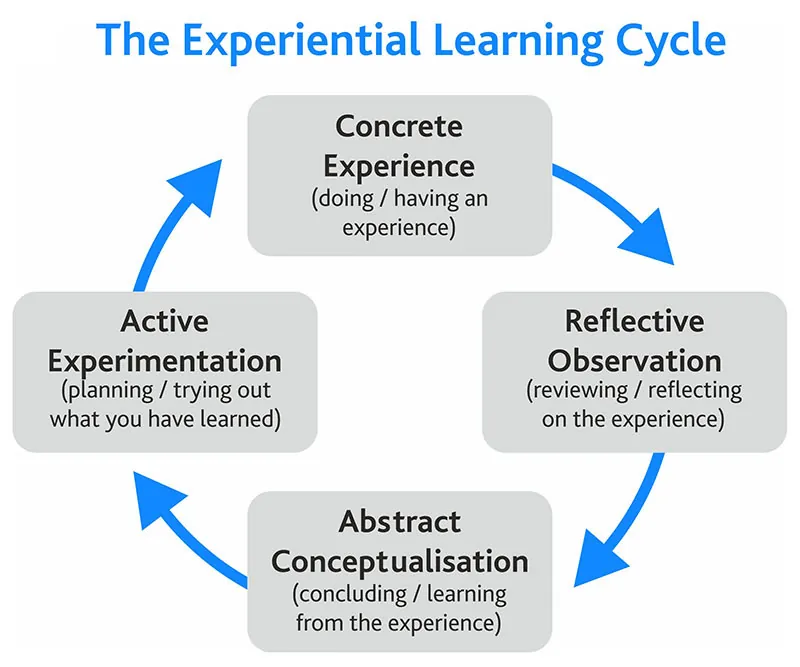

One of my favorite memories illustrates his ability to think on his feet, rapidly and charmingly. I think of this when I talk about Concrete Random kids, such as my son. Someone once said that if you throw a cat in the air, it will always land on its feet. Things tend to go far better when you are teaching or parenting a Concrete Random dominant child if you take an approach to leading them that is different from how you would approach other learning styles. For these reasons, it does not appear appropriate to use this instrument.Concrete Random learners are curious, hands-on, creative, and dynamic. They can make you dizzy, startle you, amaze you with their inventiveness, and make you laugh and cry in rapid succession. Sewall (1986) concludes that the validity and reliability information rpovided is so limited and methodplogically flawed that no firm conclusions can be drawn from any of the information provided. According to Gregorc's model, these abilities influence how individuals perceive themselves and their world and how they are perceived by others. These abilities are theoretically bipolar and intertwining. They stressed the need for students to challenge, to probe, to ask "why?" They insisted that students think for themselves' and often replied to a student's question by saying, "What do you think?" or "What do you want to do?" (Schultz, 1985).Ĭasey (1993) notes that the GSD focuses on two mediation abilities of the mind-perception and ordering. As teachers, the CR's used a problem-solving approach to the curriculum that often included games, simulations, critical issues, discovery, and experiments. This person looked for and gave out options, demanded independence, and wanted to invent new ideas or products-to create the unexpected. They relied almost exclusively on lecture format and extensive reading assignments, documented evidence, and evaluation by formal testing.Ĭoncrete Random (CR) style looked to the physical world as the opportunity to develop and utilize creative and original problem-solving talents. As teachers, they tought from a base of content expertise and enjoyed a forum for intellectual debate. The AS style prefered intellectual and vicarious experiences and valued logical, rational, theoretical, and analytical approaches to the world.

The Abstract Sequential style (AS) reflected yet another view of the world. AR teachers offered a personalized class stressed high morale, humor, and self-expression tended to use a thematic approach to adress content and liked to use media and discussion as their primary teaching tools. Teachers with this predominant style developed projects for students, relied on worksheets to reinforce content, stressed practical lessons, worked under strict time limitations and were oriented to results.īy contrast, the Abstract Random (AR) style reflected a preference for emotional sensitivity, physically pelasing environments, strong relationships with others and flexibility in time, activity and demands.

The Concrete Sequential style (CS) reflected a preference for order precision schedules physical hands-on experiences and a product-based effort. The GSD sorts people into four distinctive clusters which are used to represent the manner in which people comprehend and organize their perceptions of themselves and the world around them. The GSD implies that people learn in combinations of dualities. Gregorc, 1982) believes that learning style consists of distinctive, observable behaviors that provide clues to the functioning of perople's minds and how they relate to the world. The GSD yields scores in four categories: Concrete Random, Concrete Sequential, Abstract Sequential, and Abstract Random. Category scores range from 10 to 40 and are based on the sum of the ranking of the 10 words.

Individuas rank the words which are most and least descriptive of themselves with four indicating the most descriptive and one being the elast. Vance (1991) reports that the GSD was developed as a self-assessment consisting of ten sets of four words. The Gregorc Style Delineator (GSD) is a ten-item self-report questionnaire in which the respondent rank orders four words in each item in the sam manner as the Kolb inventory. It represents a blend of theories of the psychological sciences of behavioral, psychoanalytic, humanistic, and transpersonal. Anthony Gregorc, expanding the work of Jung, developed a learning style instrument designed to identify differences of learning.


 0 kommentar(er)
0 kommentar(er)
